Sometimes we can get caught up in the “more is always better” vibe. So if our Testosterone is low, then any increase is good, right? That’s not always the case, it turns out. What we’re really needing, more often than not, is more free testosterone. In this case, “free” means that it’s not bound to any other molecules, and our body is able to use it for what matters–muscle building, bone strength, performance, and drive.
So if Free Testosterone is the ideal, how do we get more of it? Let’s find out.
What You Need to Know:
Free Versus Total
In some cases we already have plenty of testosterone in our systems. But less than 3% of it is bioavailable. The rest of it is bound up with other cells in our body, and we can’t use it. One of the best ways to get more results from the T that’s already in our bodies is to free it from its bondage.
The three ways to do that are to attack:
- Sex-Hormone Binding Globulins,
- Aromatase, and
- To increase availability of new Testosterone.
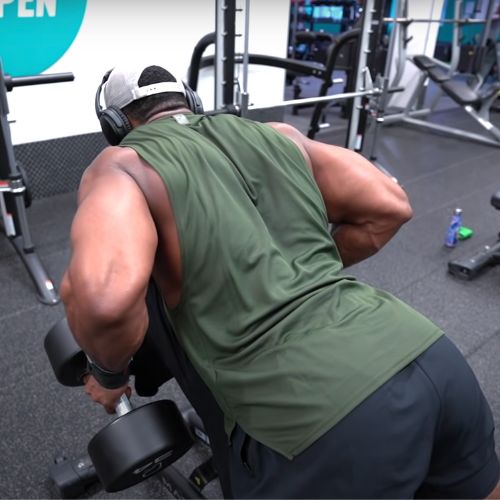
1. SHBG (Sex-Hormone Binding Globulin)
In order for any nutrient, hormone, or other compound to circulate through our bodies, they must hitch a ride in our circulatory system. Testosterone is no different. One problem is that once attached to blood cells, our testosterone has a hard time breaking free.
(Testosterone also binds to a blood protein called albumin, but this is a tougher nut to crack. For this article we’ll focus on what works, and that leaves us with SHBG.)
Vitamin K
This essential Vitamin, lacking in diets as we get older, plays a significant role in regulating our blood clotting, and in turn, helps us keep more of our Testosterone out of the SHBG trap. You can read more about it here, and you’ll also find Vitamin K in four of our top five T-Boosters.
Magnesium
This one is pretty straightforward–Magnesium breaks up the molecular bond between Testosterone and SHBG. No surprise the best supplements like Testo-Max have a whopping 200 mg of it in their formula.

Boron
Similar to Magnesium, Boron actively separates Testosterone from SHBG. Boron also plays a role in helping us use Vitamin D, another T-Boosting nutrient.
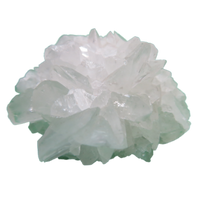
Nettle Leaf
While Boron and Magnesium can separate Testosterone from blood cells, Nettle Leaf actually keeps it from bonding in the first place.
2. Aromatase
Aromatase is the process by which our bodies converts Testosterone into Estrogen. This means that no matter how much T you produce, it could be made into Estrogen. That means a key element of retaining our bioavailable Testosterone is preventing its conversion into the female hormone.
Nettle Leaf
The most effective T-Boosters seem to all include Nettle Leaf, and for good reason. Not only does it help with SHBG (see above), but it can also actively prevent Aromatase; enough so that it even improves fertility outcomes.
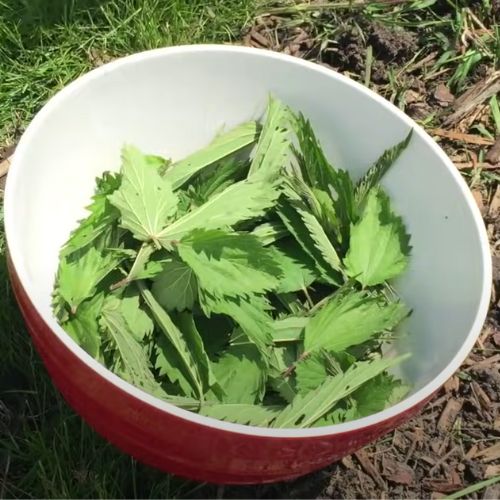
Fenugreek
Another traditional herb that has finally gotten its flowers from the scientific community, Fenugreek is such a powerful aromatase inhibitor it can double your free testosterone in two months.
Pomegranate
While the data has come mostly from breast cancer studies, Pomegranate has shown powerful Aromatase prevention. And the evidence is strong enough to land Pomegranate in proven supplements like TestoPrime.

Luteolin
Naturally found in citrus fruits, this flavone can not only protect testes tissue, but also blocks the hormone receptors that lead to Aromatase, leaving you with more Free Testosterone.
3. Bioavailability
Once you’ve tackled SHBG and Aromatase, you should have more Testosterone available for use. But as we’ve seen time and again, that doesn’t mean it’s bioavailable. Many supplements–from fat-burners to nootropics–use ingredients to increase the absorption of nutrients. You can do the same for your Testosterone.
Vitamin D
I’ve lost count of the number of studies linking Vitamin D to healthier T-Levels. For our purposes today, focus on this: Vitamin D boosts Bioavailable Testosterone by 20%. Enough said.
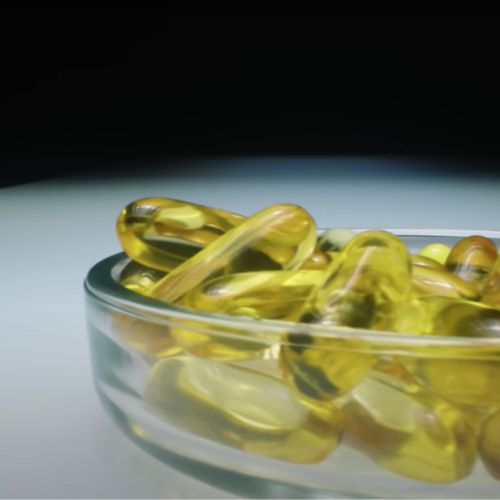
L-Arginine
Clinical research has long-shown a link between L-Arginine and Testosterone, but sometimes it’s fun (for me at least) to find out why. It turns out that in chemical tests, Testosterone becomes more absorbable when treated with L-Arginine. This ionic reaction is literally what led to all the L-Arginine/Testosterone studies we’ve seen.
Ginseng
Ginseng doesn’t necessarily impact the hormone reactions in our bodies, but it does lead to better nutrient absorption overall. And that’s no different with Testosterone. Because of the way Ginseng is metabolized, it leads to better hormone performance and bioavailability of Testosterone.
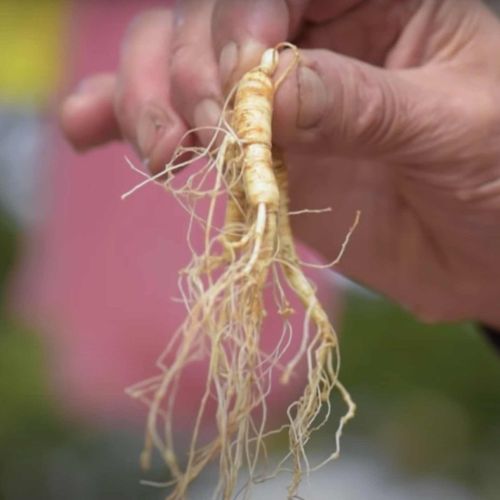
Diet and Stress
It turns out that many of our foods and stressors are directly leading to Aromatase and other killers of Free Testosterone. You can read my full article about how to keep your Testosterone from turning into Estrogen, but here are some quick tips:
Final Words
So far this has been a big list. Good news for us is that the absolute best T-Boosting supplement makers are aware enough of the science to include these Free-Testosterone agents in their products. Not to mention that they contain other Total-T increasing ingredients like D-Aspartic Acid, Ashwagandha, and Zinc.
No matter what route you take, remember that the causes of Low Free Testosterone can be addressed–that is, you can address them. So it’s time to get started. Your Testosterone won’t free itself.

